This article was medically reviewed by Luba Lee, FNP-BC, MS. Luba Lee, FNP-BC is a Board-Certified Family Nurse Practitioner (FNP) and educator in Tennessee with over a decade of clinical experience. Luba has certifications in Pediatric Advanced Life Support (PALS), Emergency Medicine, Advanced Cardiac Life Support (ACLS), Team Building, and Critical Care Nursing. She received her Master of Science in Nursing (MSN) from the University of Tennessee in 2006.
There are 14 references cited in this article, which can be found at the bottom of the page.
This article has been viewed 47,024 times.
Bug bites are never a pleasant experience: they can itch, hurt, and usually come with a good bit of swelling. Scratching an itchy and swollen bug bite can also lead to infection and make the bite even worse. Although this swelling can sometimes be a sign of something more serious, it usually goes away after a few days. However, there are also a number of ways you can actively reduce the swelling caused by bug bites and help prevent them from getting any worse.
Steps
Treating Swelling in the Moment
-
1Pull the stinger out right away if you’ve been stung. This is especially important when it comes to bee stings; the longer a bee stinger remains in your skin, the more venom it’s able to release.[1] Use a pair of tweezers or your fingers to pull out or brush away the stinger.[2]
- Don't try to squeeze the stinger out. Always use tweezers or scrape out the stinger.
- If you’re allergic to bees, leaving the stinger in your skin for a long time can also make your reaction to being stung worse.
-
2Remove any tight jewelry that’s near the bug bite. This will prevent circulation to the area from being cut off as it begins to swell. Take off or loosen any tight clothing around the area as well.[3]Advertisement
-
3Wash the bite immediately with soap and water to keep it clean. There’s a good chance that the bug that bit you was carrying unwanted bacteria or debris on its body. Using soap and water to thoroughly wash the bite can help prevent that bacteria from taking root in your skin and causing an infection.[4]
- You only need to do this once as part of your first aid response to your bug bite, although you should do it right away.
- You may also apply an antibiotic cream to the bite to make sure you’re keeping it as clean as possible.
-
4Apply ice or a cool compress to the bite for 10 mins to treat painful swelling. Place an ice pack wrapped in a cloth or a cool, damp cloth on the bite for up to 10 minutes, then remove it. Repeat this process as necessary every 1-2 hours to reduce swelling while also numbing any pain being caused by the bite.[5]
- Refrain from putting ice directly on your skin or leaving the cool compress on for too long, as this can cause tissue damage. Make sure you always wrap ice in a towel or cloth before using it as a compress.
- You can also press the back of a cold spoon on your bug bite to act as a cold compress. Just make sure you leave the spoon in the freezer for a few minutes first to make it cold!
-
5Elevate the bug bite if it’s on an arm or a leg to reduce swelling. Elevating the limb that the bug bite is on above your heart is a good way to reduce blood flow to the area, which then causes swelling to go down. Prop up your arm or leg on pillows for 30 minutes at a time to elevate the bite and repeat this process 3-4 times a day.[6]
- Elevate your limb at least 6 inches (15 cm) above your heart to make sure it’s high enough to cause reduced swelling.
- Note that you can’t use this method to treat bug bites on your midsection, since you can’t elevate it above your heart.
Trying Natural Remedies
-
1Put some honey on the bite to relieve inflammation and keep it clean. Honey is not just delicious; it also has remarkable anti-inflammatory and anti-bacterial properties. Put a small dab on your bite once a day as needed to try to reduce swelling and prevent infection.[7]
- Using honey may also work to reduce itching caused by bug bites, especially mosquito bites.
-
2Crush up a basil leaf and rub it onto your bite if it’s also itchy. Basil contains camphor and thymol, which have terrific anti-itch properties when applied topically to your skin.[8] If putting the crushed leaf on your bite doesn’t work, try boiling the leaf in 2 cups (470 mL) of water, then using a washcloth to gently rub the mixture onto your bite.[9]
- You can also try using 2 basil leaves on your bite if 1 leaf doesn’t produce any results.
-
3Dab some apple cider vinegar on your bites to reduce itching. Like honey, apple cider vinegar also has anti-inflammatory and anti-itch properties that make it a great treatment for itchy bug bites. Place a few drops of the vinegar on a cotton ball and dab it lightly onto your bites 3-4 times a day.
- If you have itchy bug bites across your entire body, you can also opt to soak in a vinegar bath instead of applying it with a cotton swab.
-
4Try using witch hazel to reduce inflammation and keep the bite clean.[10] Witch hazel is an essential oil with terrific anti-inflammatory and anti-bacterial properties. Put a small amount of witch hazel on a cotton ball, then dab it or swipe it onto your bite. Repeat this process 3-4 times a day as needed.
- Because witch hazel is technically a distilled water, it doesn’t have to be diluted like other essential oils before you can apply it.
- You can buy witch hazel at most cosmetics stores, pharmacies, and many department stores.
-
5Use calamine lotion or baking soda and water on itchy bug bites. Scratching an itchy bug bite may feel good in the moment, but this will actually just make the bug bite itchier, more inflamed, and possibly more swollen. Apply a thin layer of calamine lotion to the bite to relieve itching, or mix 1 part baking soda with 3 parts water to make an anti-itch paste to apply to your bug bite.[11]
- If your baking soda and water mixture doesn’t adhere to your skin, trying mixing the baking soda with lotion to get a stickier paste.
Taking Medication
-
1Use hydrocortisone cream if your bug bite is itchy as well. Hydrocortisone cream is an over-the-counter topical medication that is used to treat inflammation of the skin, redness, swelling, and itching. Apply a thin layer of the cream to your bite 2-4 times a day to reduce swelling while also treating itchiness.[12]
- You can buy hydrocortisone cream at any pharmacy or drugstore. Examples of over-the-counter hydrocortisone creams include Cortizone-10 and Aveeno 1% Hydrocortisone Anti-Itch Cream.
- You can also use generic triamcinolone, which you can apply to the bite or sting for 1-2 days.
-
2Consider using an antihistamine to treat swollen, itchy bites. Over-the-counter antihistamines may be taken orally to reduce itching and swelling. However, antihistamines are often accompanied by some unpleasant symptoms, such as nausea, dizziness, and drowsiness, so talk to your doctor before using an antihistamine to treat your bug bite.[13]
- Adults can usually take up to 25 to 50 mg of antihistamines in a 24 hour period. You should never exceed the dosage recommendations on the label.
- Common brands of over-the-counter antihistamines include non-drowsy Zyrtec, Claritin, Allegra, and Alavert. You can also take Benadryl, which causes drowsiness.
-
3Take NSAIDs to relieve pain and inflammation if approved by your doctor. You can find NSAIDs, including ibuprofen, Advil, naproxen, Motrin, and Aleve, over-the-counter. Follow the dosage instructions on the label. In most cases, you can safely take 1-2 pills ever 4-8 hours, depending on your age, medical history, and other medications you're taking.[14]
- Follow all instructions on the label and don't exceed the recommended dose. Keep in mind that NSAIDs are not safe for long-term use.
- NSAIDs are not right for everyone, so always check with your doctor before you take them. If you cannot take NSAIDs, your doctor may recommend other over-the-counter pain relievers, such as acetaminophen.
-
4Use your EpiPen in the event of an allergic reaction, if you have one. If you have severe allergies or a known allergy to bites or stings, you may have an EpiPen or one of its generic equivalents. It's important that you watch for signs of an allergic reaction and, if necessary, use your EpiPen or generic equivalent to stop the reaction.
- Follow the instructions for using your EpiPen or its generic equivalent.
- Always call your medical provider or emergency services after using your EpiPen or generic equivalent. You still need to be treated.
- It's best to always have 2 EpiPens or their generic equivalent in your possession if your doctor prescribed it for you.[15]
-
5See a doctor if the bite becomes infected or doesn’t improve over time. Signs of skin infection may include pus or fluid seeping from the wound, a rash, swelling or pain that increases over time, or high fever. If your bite becomes infected or your symptoms don’t go away after 2-3 days, visit a doctor to receive more effective treatment for your condition.[16]
- Your doctor will most likely prescribe you an antibiotic in cream or pill form to treat the infection. These are effective in nearly all cases of infection and symptoms generally improve in a matter of days.
Warnings
- Refrain from scratching your bug bite to avoid infection. Scratching the bite may lead to the skin opening up, which may increase your risk of infection.⧼thumbs_response⧽
- If you experience itching, hives, a tingling sensation in your mouth, and/or nausea and vomiting, you may be experiencing an allergic reaction to a bug bite. Seek medical attention if you experience an allergic reaction within a few minutes of being bitten by a bug.⧼thumbs_response⧽
References
- ↑ https://www.nhs.uk/conditions/insect-bites-and-stings/treatment/
- ↑ https://www.verywellhealth.com/how-to-treat-a-bee-sting-1298219
- ↑ https://www.mayoclinic.org/first-aid/first-aid-insect-bites/basics/art-20056593
- ↑ https://www.childrens.com/health-wellness/treating-bug-bites-and-stings-in-children
- ↑ https://www.emedicinehealth.com/insect_bites/article_em.htm#insect_bites_home_remedies
- ↑ https://www.mayoclinic.org/first-aid/first-aid-insect-bites/basics/art-20056593
- ↑ https://www.mnn.com/health/allergies/stories/11-natural-mosquito-bite-remedies
- ↑ https://www.netmeds.com/health-library/post/choose-basil-oil-for-healthy-skin-and-hair
- ↑ https://www.ncbi.nlm.nih.gov/pubmed/18401780
- ↑ https://journal-inflammation.biomedcentral.com/articles/10.1186/1476-9255-8-27
- ↑ https://www.uofmhealth.org/health-library/aa67251
- ↑ https://www.theglobeandmail.com/life/health-and-fitness/ask-a-health-expert/how-do-i-deal-with-itchy-swollen-bug-bites/article4461476/
- ↑ https://www.verywellhealth.com/how-to-treat-bug-bites-1298285
- ↑ https://www.webmd.com/first-aid/bee-and-wasp-stings-treatment#1
- ↑ https://www.webmd.com/first-aid/bee-and-wasp-stings-treatment#1
- ↑ https://www.aad.org/public/skin-hair-nails/injured-skin/bug-bites-and-stings

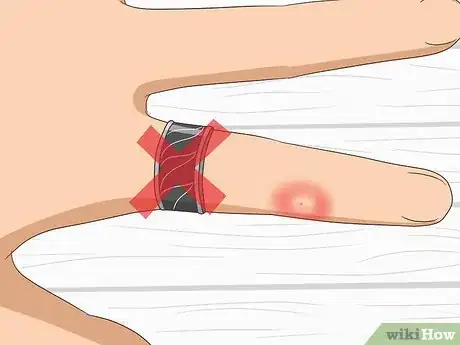
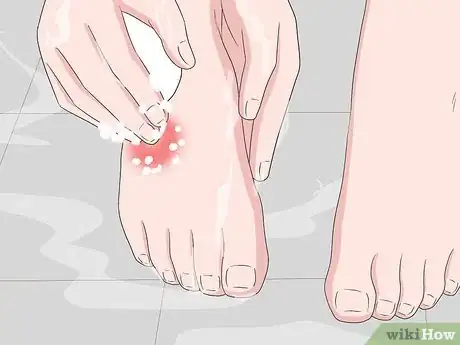
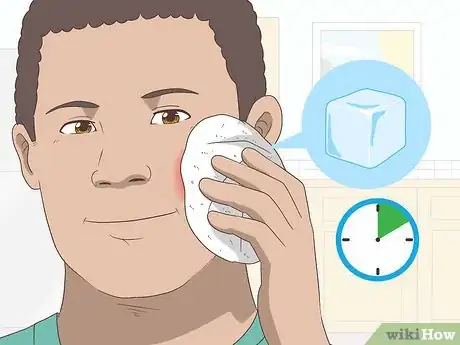
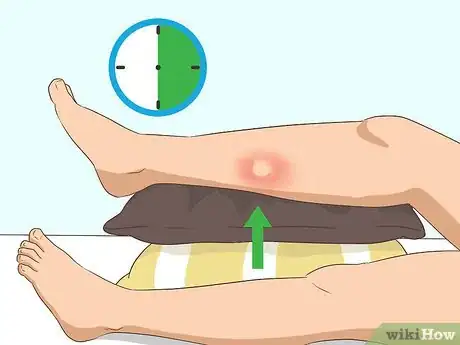

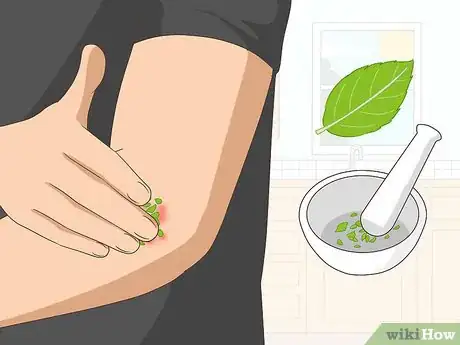

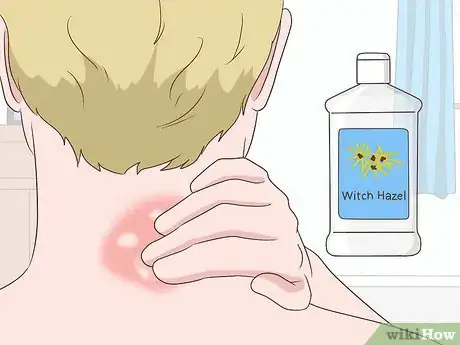
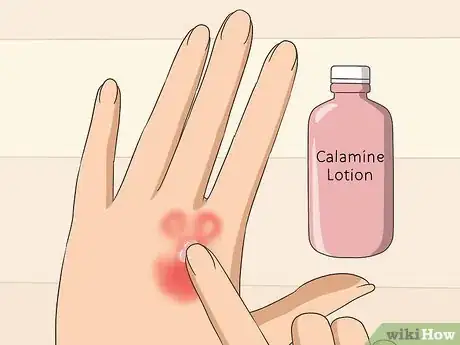

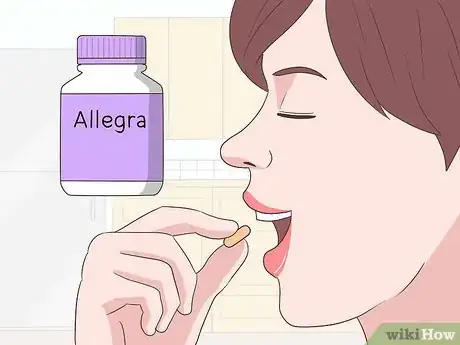


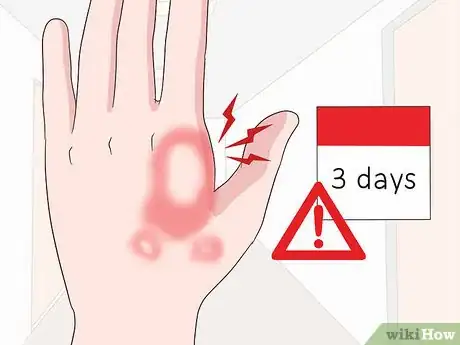
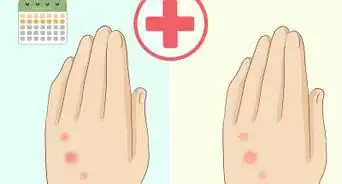

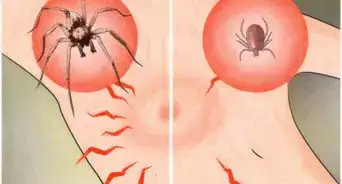
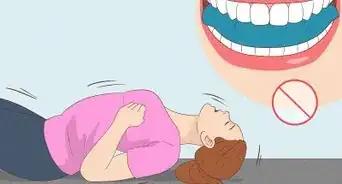


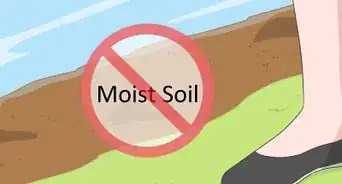

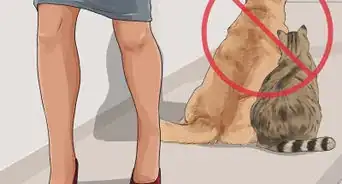
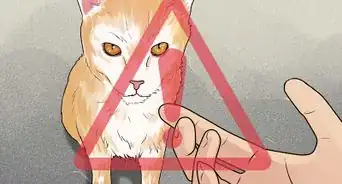
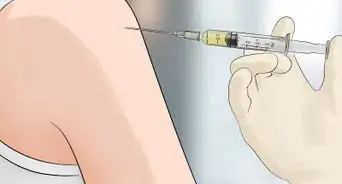

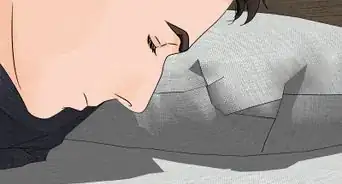








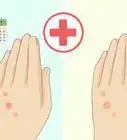
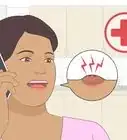
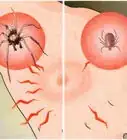




































Medical Disclaimer
The content of this article is not intended to be a substitute for professional medical advice, examination, diagnosis, or treatment. You should always contact your doctor or other qualified healthcare professional before starting, changing, or stopping any kind of health treatment.
Read More...